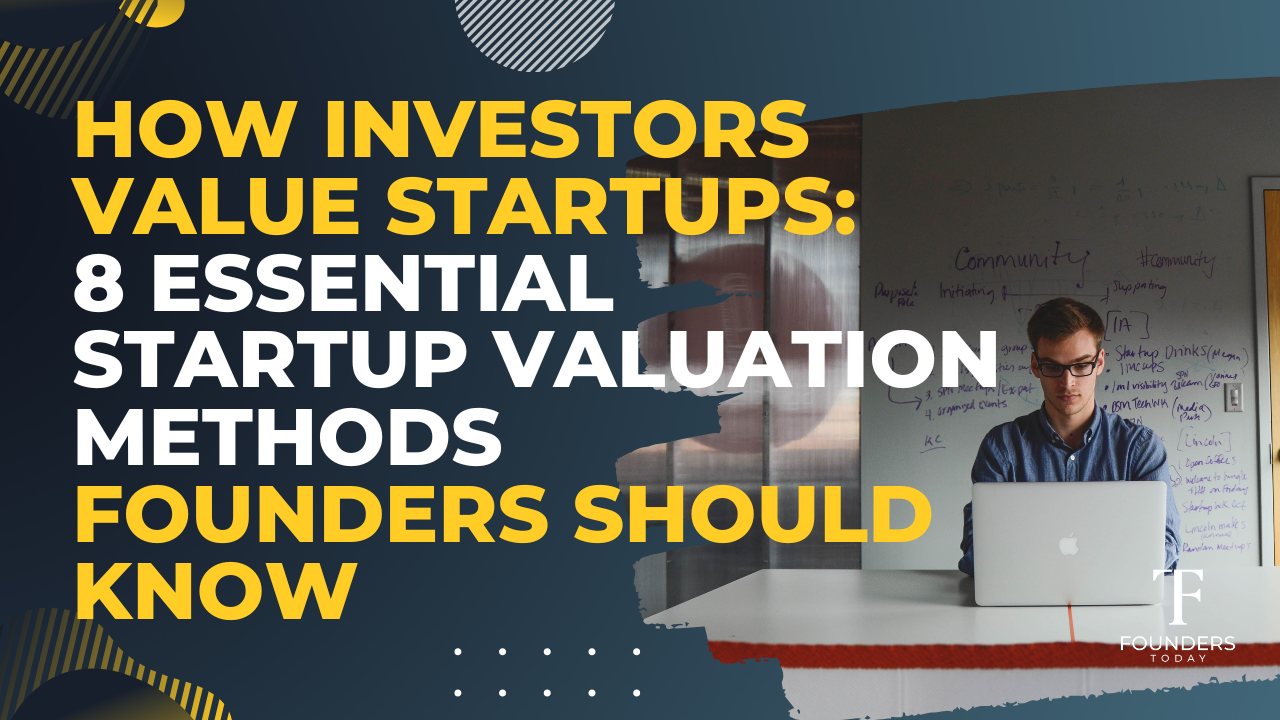
When raising capital or preparing for an acquisition, how you value your startup can shape ownership, investor perception, and future rounds.
Investors use a variety of frameworks, not one-size-fits-all formulas. Here are eight of the most widely used Startup Valuation Methods:
1. Berkus Method
Ideal for pre-revenue startups. It assigns dollar values to five risk-reduction factors: idea strength, team quality, product progress, readiness for launch, and strategic partnerships. Each factor may contribute up to $500K to the valuation.
2. Comparable Transactions
This startup valuation method uses recent valuations of similar startups to benchmark your own. If startups in your space raised at $20M, that sets a precedent. However, finding accurate and truly comparable data can be tough.
3. Scorecard Valuation
Popular with angels, it starts with the average local valuation and adjusts based on strengths in key areas (team, market, product, etc.), applying weighted percentages to come up with a customized value.
4. Cost-to-Duplicate
This calculates how much it would cost to rebuild your startup from scratch. Useful for deep tech or asset-heavy startups, but doesn’t reflect growth potential or market opportunity.
5. Risk Factor Summation
Starts with a baseline valuation and adds or subtracts based on 12 risk categories—like tech challenges, team strength, or competitive pressure. Each category typically adjusts the valuation by $250K.
6. Discounted Cash Flow (DCF)
More relevant for later-stage companies, DCF projects future cash flows and discounts them back to present value. While mathematically sound, early-stage companies often lack the predictability needed to make this model useful.
7. Venture Capital Method
VCs use this backward-looking approach by estimating the startup’s potential exit value, then calculating what they need to invest today to achieve a desired return (e.g., 10x). Common in VC deal discussions.
8. Book Value
Rooted in accounting, this method subtracts liabilities from assets. It’s rarely useful for high-growth startups but relevant in liquidation scenarios or asset-heavy businesses.
Which One Should You Use?
Early-stage founders typically combine methods like Berkus, Scorecard, and Risk Factor to triangulate a valuation range. As traction and revenue increase, more data-driven methods like Comps, DCF, or the VC Method become relevant.
The key? Use multiple startup valuation methods to frame a valuation range and be prepared to explain your reasoning—because the story behind the number matters just as much as the number itself.


